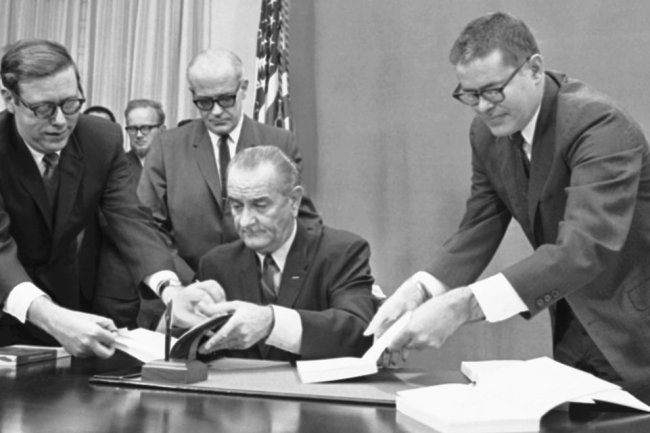Unilever Says Inflation Has Peaked as Sales Growth Rises
Ben & Jerry’s maker battles store brands as U.S. and European consumers trade down even as inflation ebbs Unilever and its suppliers are seeing high production and logistics costs caused by wage inflation and high energy prices. Photo: Dhiraj Singh/Bloomberg News By Saabira Chaudhuri and Joe Hoppe Updated July 25, 2023 7:16 am ET LONDON—Hellmann’s mayonnaise and Dove soap maker Unilever benefited from sharply higher prices again in the second quarter, but the consumer-goods giant’s finance chief said the company is past peak inflation. Unilever is a bellwether for the global economy and consumer sentiment, given its sprawling footprint encompassing both developed and emerging markets and its exposure to food, home care and beauty products. On Tuesday Chi


Unilever and its suppliers are seeing high production and logistics costs caused by wage inflation and high energy prices.
Photo: Dhiraj Singh/Bloomberg News
LONDON—Hellmann’s mayonnaise and Dove soap maker Unilever benefited from sharply higher prices again in the second quarter, but the consumer-goods giant’s finance chief said the company is past peak inflation.
Unilever is a bellwether for the global economy and consumer sentiment, given its sprawling footprint encompassing both developed and emerging markets and its exposure to food, home care and beauty products.
On Tuesday Chief Financial Officer Graeme Pitkethly said that consumers in North America are “starting to show signs of caution,” even as inflation eases and that Unilever is fighting stronger competition from store brands in ice cream and salad dressings. “We still think there’s a possibility of a mild recession,” he said.
Pitkethly attributed U.S. consumers’ recent caution to the drop in government support saying this had caused “a very rapid drop off in excess savings.”
As with many of its peers, the consumer-goods giant has been able to boost prices to make up for higher commodity and other costs, in many cases preserving or increasing sales and profit margins. Unilever said it raised prices 8.2% in the second quarter from the same period a year earlier, while volumes were roughly flat.
That price increase boosted underlying sales 7.9%. The metric strips out currency moves and impacts from acquisitions and disposals. Unilever said gross margins expanded in the first half of the year as higher costs were offset by higher prices, cost savings and a push to sell more premium products.
Shares were up more than 4.5% in London trading after the company’s results beat analysts’ expectations.
Pitkethly said the majority of the quarter’s price increases had been made in previous periods, not in the second quarter. Those cumulative price rises show up in the year-over-year comparison.
He said base commodity prices have been dropping, but that Unilever and its suppliers are seeing high production and logistics costs caused by wage inflation and high energy prices. Unilever expects to report a total of €2 billion worth of inflation for the year, with €400 million of this yet to come in the second half.
He said the company could continue to raise prices in its food and ice-cream units, which include Hellmann’s, Knorr bouillon cubes and Ben & Jerry’s ice cream, because agricultural commodity costs—for things such as sugar, cocoa and starches—have stayed high.
Ice-cream prices rose 12.1% in the quarter, while prices at Unilever’s nutrition business rose 11.8%.
Consumers’ willingness to pay up in the second quarter varied, depending on what they were buying. Unilever’s beauty and well-being business—which includes TreSemme and Vaseline—saw volumes grow 4.9% even as prices climbed. By contrast, volumes in home care fell 2.1%. Ice-cream volumes dropped 5.8% and nutrition 2.6%.
In the first half of the year, sales in China grew but this was against a year-ago period when sales were affected by lockdowns. Chinese consumers have continued to penny-pinch on everyday items, Pitkethly said, adding that Chinese consumer confidence is low.
“We’re seeing a very cautious consumer in China,” he said, adding that high unemployment, particularly among young people, was compounding the issue.
Europe has been particularly tough for Unilever as high inflation has led shoppers to defect to store brands, buy less and shop less often.
Unilever flagged that a key internal measure of competitiveness—the percentage of its business winning market share over the past 12 months—has reduced to 41%, from 48% in the first quarter. The company has been cutting or selling lower-growth products and variants which coupled with price increases has led some consumers to defect to rivals.
Overall, sales for the second quarter were 15.74 billion euros, equivalent to $17.42 billion, down 0.45% from a year earlier. The company doesn’t disclose quarterly profit figures.
Write to Saabira Chaudhuri at [email protected]
What's Your Reaction?

















